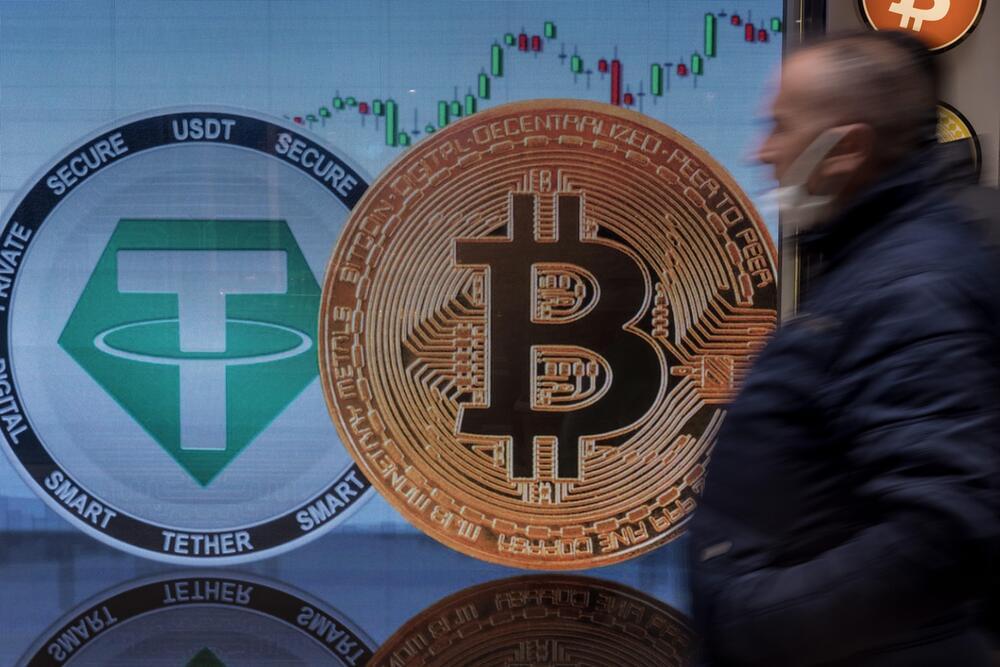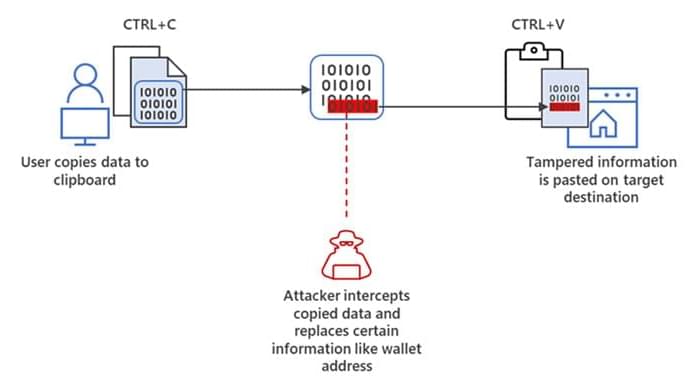Elon Musk will soon allow Dogecoin to purchase SpaceX merchandise.



Cryptocurrency scammers are using deep fake videos of Elon Musk and other prominent cryptocurrency advocates to promote a BitVex trading platform scam that steals deposited currency.
This fake BitVex cryptocurrency trading platform claims to be owned by Elon Musk, who created the site to allow everyone to earn up to 30% returns on their crypto deposits.
This scam campaign started earlier this month with threat actors creating or hacking existing YouTube accounts to host deep fake videos of Elon Musk, Cathie Wood, Brad Garlinghouse, Michael Saylor, and Charles Hoskinson.

TWITTER https://twitter.com/Transhumanian.
PATREON https://www.patreon.com/transhumania.
BITCOIN 14ZMLNppEdZCN4bu8FB1BwDaxbWteQKs8i.
BITCOIN CASH 1LhXJjN4FrfJh8LywR3dLG2uGXSaZjey9f.
ETHEREUM 0x1f89b261562C8D4C14aA01590EB42b2378572164
LITECOIN LdB94n8sTUXBto5ZKt82YhEsEmxomFGz3j.
CHAINLINK 0xDF560E12fF416eC2D4BAECC66E323C56af2f6666.
KEYWORDS: science, technology, philosophy, futurism, moravec transfer, mind-uploading.

Microsoft warns of “cryware” malware that steals information and exfiltrate data directly from non-custodial cryptocurrency wallets.
Microsoft is warning of an emerging threat targeting internet-connected cryptocurrency wallets, signaling a departure in the use of digital coins in cyberattacks.
The tech giant dubbed the new threat “cryware,” with the attacks resulting in the irreversible theft of virtual currencies by means of fraudulent transfers to an adversary-controlled wallet.
“Cryware are information stealers that collect and exfiltrate data directly from non-custodial cryptocurrency wallets, also known as hot wallets,” Berman Enconado and Laurie Kirk of the Microsoft 365 Defender Research Team said in a new report.
Cutting-edge computer technology designed to mimic the human brain is being used by hackers to create lifelike videos of celebrities and politicians. But now, bad actors are using this readily available tech to target everyday social media users in cryptocurrency scams.


The U.S. Department of Treasury today sanctioned cryptocurrency mixer Blender.io used last month by the North Korean-backed Lazarus hacking group to launder funds stolen from Axie Infinity’s Ronin bridge.
In the wake of the attack, Sky Mavis (the bridge’s creator) revealed that hackers breached the Ronin bridge on March 23 to steal 173,600 Ethereum and 25.5M USDC tokens in two transactions worth $617 million at the time, the largest cryptocurrency hack in history.
The previous most significant theft of cryptocurrency was the $611 million Poly Network hack in August 2021.

